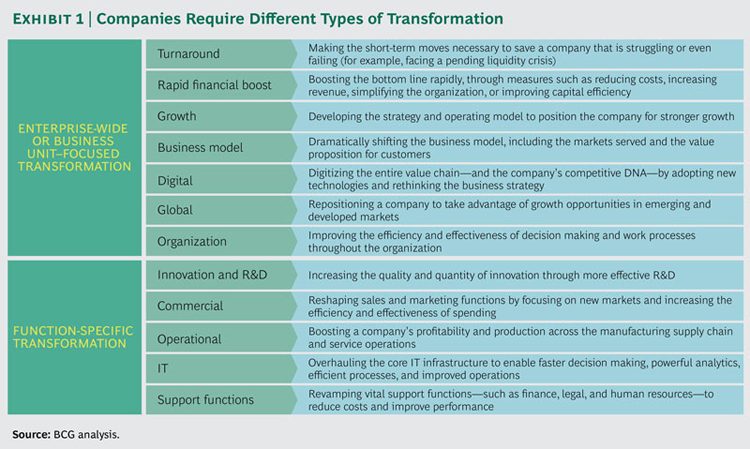For leaders in large corporations, business today often feels like being on a steep treadmill with the speed control set to max. Three months ago, the company may have finished a cost-reduction transformation to remove management layers and streamline operations. Before it is even clear that the changes have taken root, a disruption in Asia requires implementing a new go-to-market model for several countries. And right around the corner is another large-scale transformation effort, using new digital technology to improve the delivery of services and tap new revenue streams.
Welcome to the era of “always-on” transformation. Across virtually all industries, unprecedented disruption and market turbulence—due to globalization, technological innovation, changing regulations, and other factors—are challenging established business models and practices, and requiring organizations to launch more frequent transformations in response. To keep up, companies need to undertake many different types of transformation. (See Exhibit 1.) Any one of these, or several, can be under way at a company at any given time. BCG’s research shows that 85 percent of companies that have undertaken transformations over the past decade have pursued more than one type, with the most common being organizational, operational, and rapid financial improvements.



